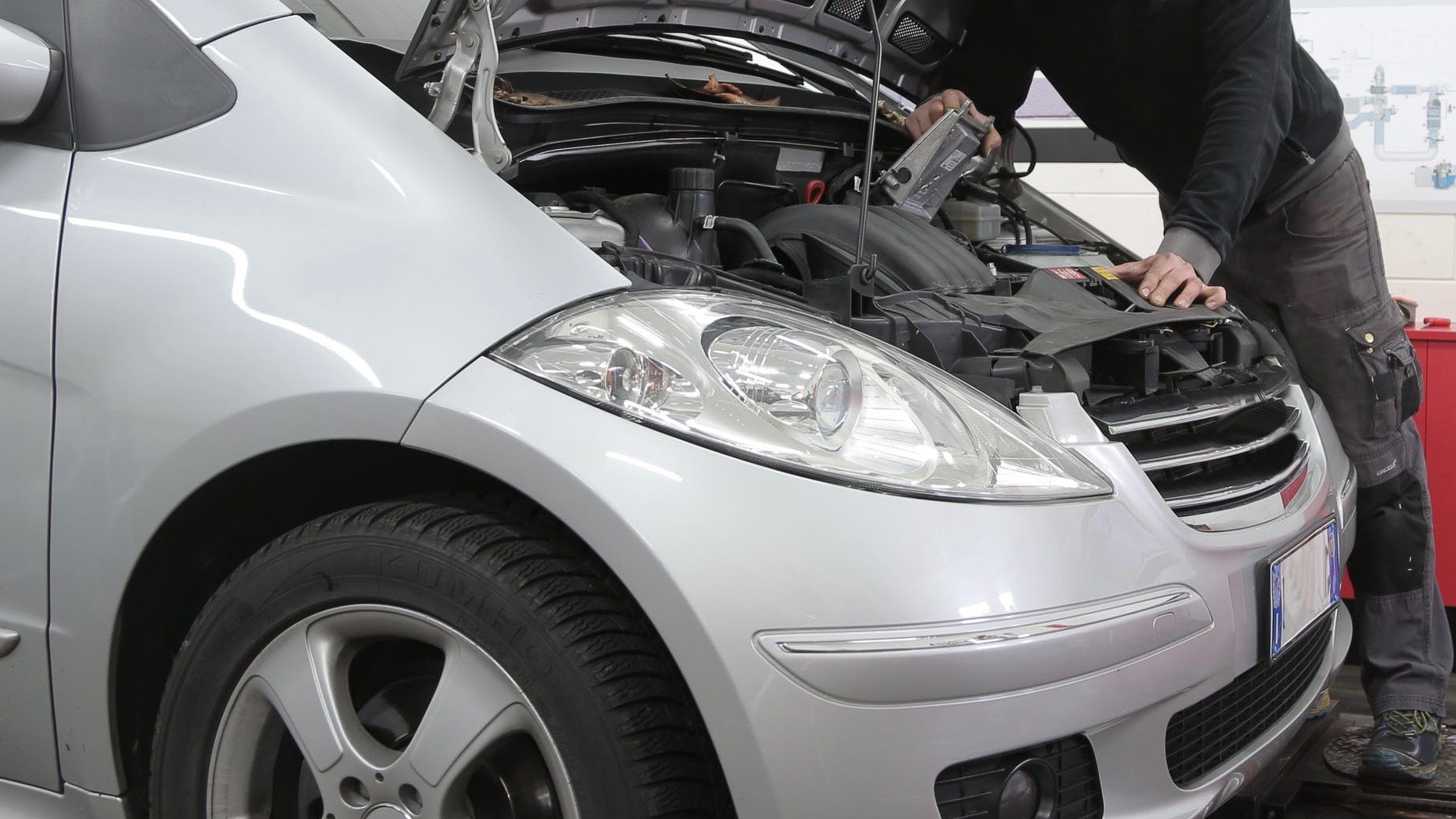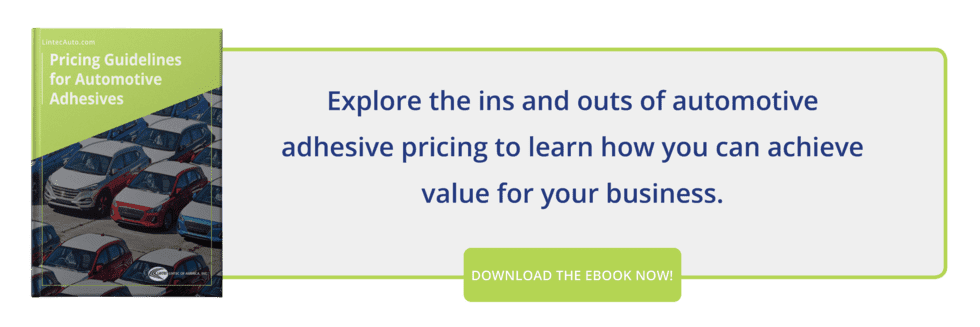Are You Really Maximizing Your Budget For Automotive Parts Labels?

Industrial labels for automotive parts—data labels, warning labels, emissions labels, and the like—can quickly eat up their relatively small slice of the budget if you don’t handle the purchase with care.
Consider the elevated costs of aggressive, high-tack labeling, lamination, or bubble-free adhesives. These premium solutions may be warranted in some regions of the vehicle, but they won’t be worth the cost everywhere parts labels are needed. A careless purchasing strategy can also impact the final price. Here are a few tips for maximizing a label budget while ensuring the manufacturer labels are durable and long-lasting.
A Measured Approach Will Save Costs
Don’t rush into the purchase without testing the product, or you could end up regretting it and extending your budget with adjustments. There are five steps to an efficient and effective purchase process:
- Set the supplier cost targets in advance with a transparent, agreed-upon margin. Target prices help suppliers meet your needs.
- Rigorously test samples first, so that you can commit to buying in bulk at a better overall rate.
- Vet your supplier to ensure a track record of strong customer service before committing. Poor service and handling will create hidden costs later.
- Ensure correct branding, legibility, and regulatory compliance. Beyond those three priorities, simplify your parts labels as much as possible.
- Meet your spec needs, but don’t exceed them. There’s no sense paying for value-adds that won’t impact the area you intend to adhere to the parts labels.
You can read more about the above tips here. In essence, an efficient product with a carefully considered purchase will best serve your budget. Rushing leaves room for errors.
Understand the Needs of the Adhesive Location
If you intend to deploy your parts labels on injection-molded plastics, an aggressive, tackified adhesive layer will be crucial to overcoming low surface energy—even on rough, textured, or uneven plastic substrates. Such a label could even create cost-downs in other ways.
The engine compartment may be the most extreme environment automotive parts labels must endure. Labels in this area will need to resist intense heat and rapid temperature fluctuations in addition to water, dirt, and many corrosive contaminants. A label on a dashboard element, however, will not need to take such extremes under consideration (although UV radiation and fading will remain a concern).
Not all automotive parts labels are created equal. A label is a unique combination of a core or backing, an adhesive layer, a release liner, and a potential laminating layer. This checklist for purchasing VECI labels is a useful starting point, as it aligns with the needs most parts labels will need to consider. Discuss your specific needs with a supplier for guidance on the most effective adhesives for those conditions.
Match High-Performance With a Knowledgeable Supplier
High-performance automotive labels can cope with all sorts of challenging surfaces, but your purchase is only so good as the supplier’s expertise. The most cost-effective supplier relationships are a two-way street. On the one hand, the buyers come in with a deep understanding of the working conditions their parts will experience. On the other, a service-oriented expert supplier can match a broad portfolio of options to those specific conditions for a perfect-fit custom solution.
If you’re in need of automotive parts labels, call LINTEC Automotive, and our expert team will be happy to consult with you on a label solution that meets precise specifications.

